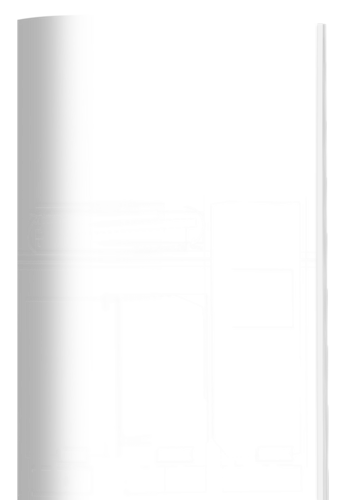Economical compressed air drying in the automotive sector
The seven compressors of GF Automotive push up to 300 cubic meters of compressed air per minute into the compressed air system at the Singen plant. This factory is one of the largest production facilities of GF Automotive, an international division of the listed industrial corporation Georg Fischer AG.
GF Automotive is a leading manufacturer of iron and light metal cast components for transmissions, chassis and body parts for commercial vehicles and passenger cars. The company designs, produces and machines highly stress-resistant lightweight components for car manufacturers and other automotive suppliers. GF products are also found in industrial machinery and consumer products. Among its main production methods are aluminum and magnesium die casting as well as iron sand casting.
At its main factory in Singen, GF Automotive employs around 1000 people who produce mainly spheroidal graphite (cast) iron components for trucks and passenger cars, including trailing arms, pivot bearings, steering and transmission housings, selector forks, brake calipers, differential housings and car chassis parts. With an annual production capacity of 200,000 tons, the company uses hundreds of tons of sand per day, which is recycled.





